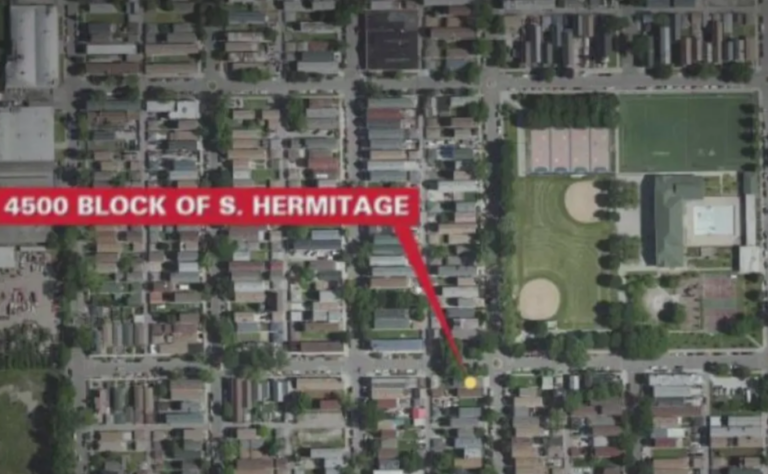
In a successful test flight, a US fighter jet enabled by artificial intelligence (AI) made history this week. It’s causing concern in some quarters.
Inside classified simulators and buildings with layers of shielding against surveillance, a new test-pilot generation is training AI agents to fly in war.
Kendall traveled here to see AI fly in real-time and make a public statement of confidence in its future role in air combat.
“It’s a security risk not to have it. At this point, we have to have it,” Kendall said in an interview with The Associated Press after he landed.
The AP, along with American broadcaster NBC, was granted permission to witness the secret flight on the condition that it would not be reported until it was complete because of operational security concerns.
The AI-controlled F-16, called Vista, flew Kendall in lightning-fast maneuvers at more than 550 miles an hour, putting pressure on his body at five times the force of gravity.
It went nearly nose to nose with a second human-piloted F-16 as both aircraft raced within 1,000 feet (304 m) of each other, twisting and looping to try to force their opponent into vulnerable positions.
At the end of the hour-long flight, Kendall climbed out of the cockpit grinning. He said he’d seen enough during his flight that he’d trust this still-learning AI with the ability to decide whether or not to launch weapons in war.
There is, however, a lot of opposition to that idea.
Arms control experts and humanitarian groups are deeply concerned that AI one day might be able to autonomously drop bombs that kill people without further human consultation, and they are seeking greater restrictions on its use.
“There are widespread and serious concerns about ceding life-and-death decisions to sensors and software,” the International Committee of the Red Cross has warned.
Autonomous weapons “are an immediate cause of concern and demand an urgent, international political response”.
Kendall said there will always be human oversight in the system when weapons are used.
The military’s shift to AI-enabled planes is driven by security, cost, and strategic capability.
If the US and China should end up in conflict, for example, today’s Air Force fleet of expensive, manned fighters will be vulnerable because of gains on both sides in electronic warfare, space, and air defense systems.
China’s air force is on pace to outnumber the US and it is also amassing a fleet of flying unmanned weapons.
Future war scenarios envision swarms of American unmanned aircraft providing an advance attack on enemy defenses to give the US the ability to penetrate enemy airspace without high risk to pilot lives.
But the shift is also driven by money. The US Air Force is still hampered by production delays and cost overruns for its F-35 Joint Strike Fighter, which will cost an estimated $1.7 trillion (€1.5 trillion).






